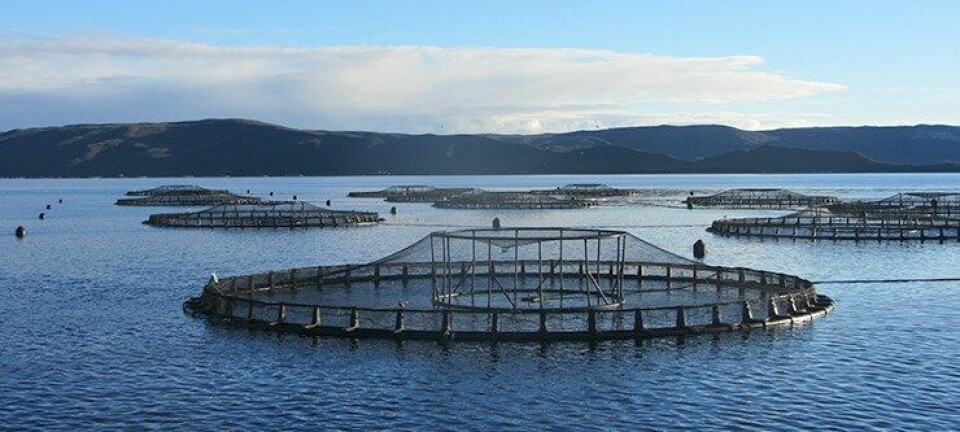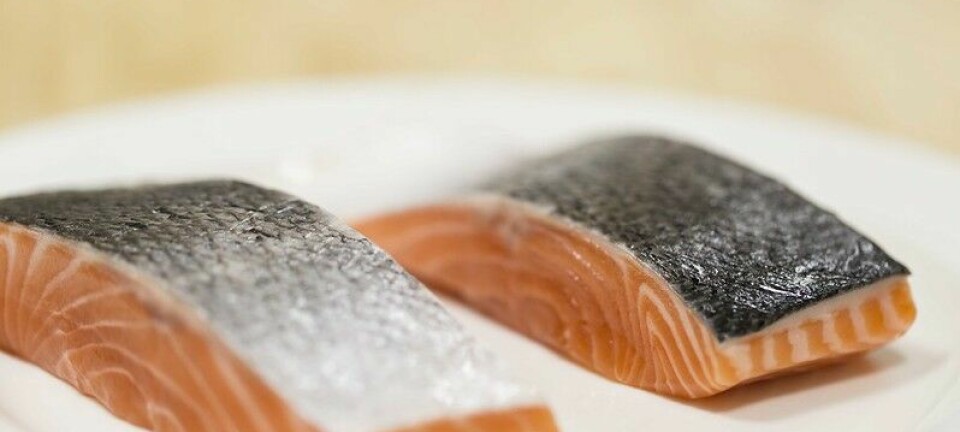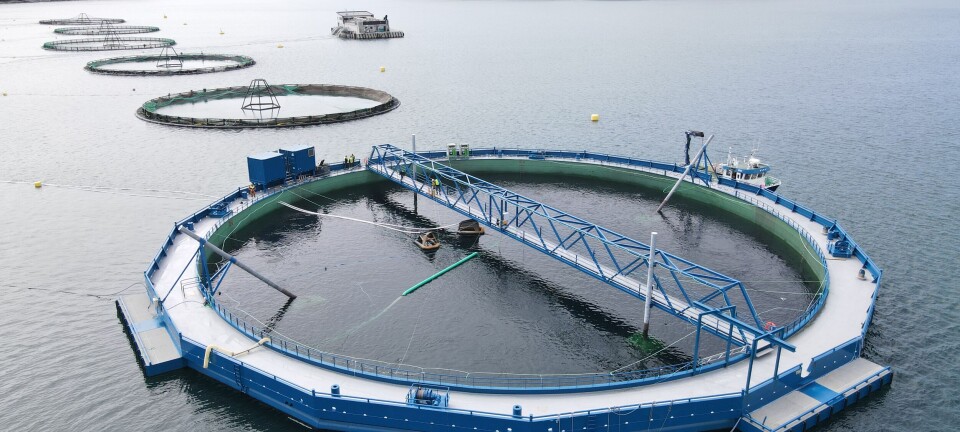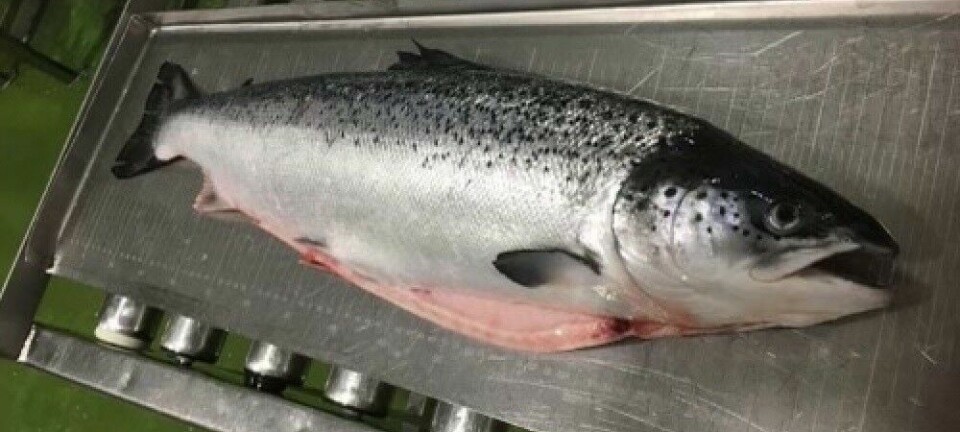Prized sea bass Chile’s next farmed species?
In the U.S. the fish is known as the much-preferred Chilean sea bass. In the E.U. it is known as the Patagonian toothfish, and in Japan it is known as the mero. Regardless of its commercial name, the species Dissostichus eleginoides is one of Chile’s most highly prized fisheries. Since the opening of the fishery in the early nineties, yearly captures of the species have drastically declined from 17,778 tons in 1992 to 1,283 tons in 2004, and the demand for the fish is constant, especially in the U.S. market. The fish’s habitat is the southernmost tip of the Southern cone, reaching into Antarctica, and found at depths as far as






















































